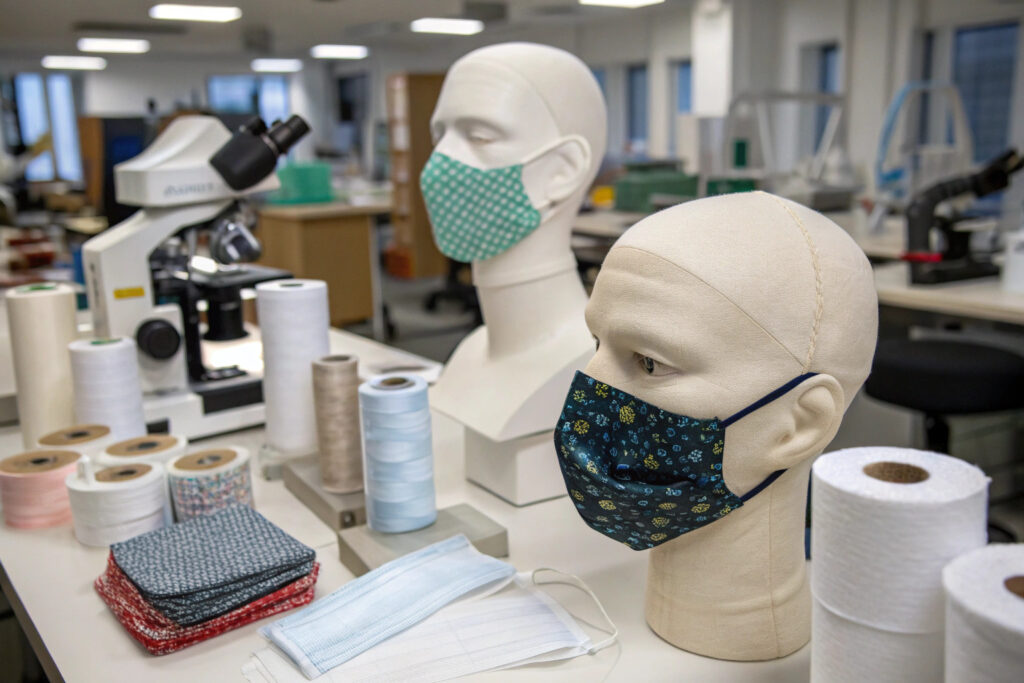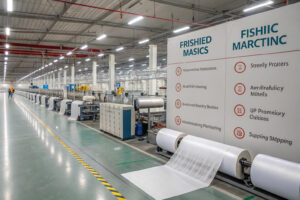In recent years, the world has seen a growing demand for breathable yet protective fabric mask materials. Customers no longer accept masks that are either comfortable but ineffective, or protective but suffocating. The industry is undergoing a transformation driven by innovations in materials science, sustainable practices, and smart technology integration. As a fabric mask manufacturer and exporter based in Keqiao, China, I’ve witnessed firsthand how quickly trends change—and how suppliers must adapt to meet both functionality and comfort demands.
The latest innovations in fabric mask materials combine advanced filtration technology with user comfort. From nanofiber filters that trap microscopic particles without restricting airflow, to sustainable plant-based fabrics, to antimicrobial treatments that prevent bacterial buildup—mask materials are becoming more versatile and consumer-friendly than ever before.
Today, we’re exploring the most exciting developments in breathable yet protective fabric mask materials, based on our production experience and the latest global market research.
Hybrid Nanofiber and Nanosheet Filters
Hybrid nanofiber and nanosheet filters have redefined mask efficiency. They combine two layers: a nanofiber web that captures particles as small as 0.1 microns, and a porphyrin-based nanosheet that offers high filtration with minimal airflow resistance.
This technology is a game-changer for both daily wear and professional use. Unlike traditional melt-blown layers, nanofiber fabrics maintain filtration efficiency after multiple washes, making them ideal for reusable mask production.
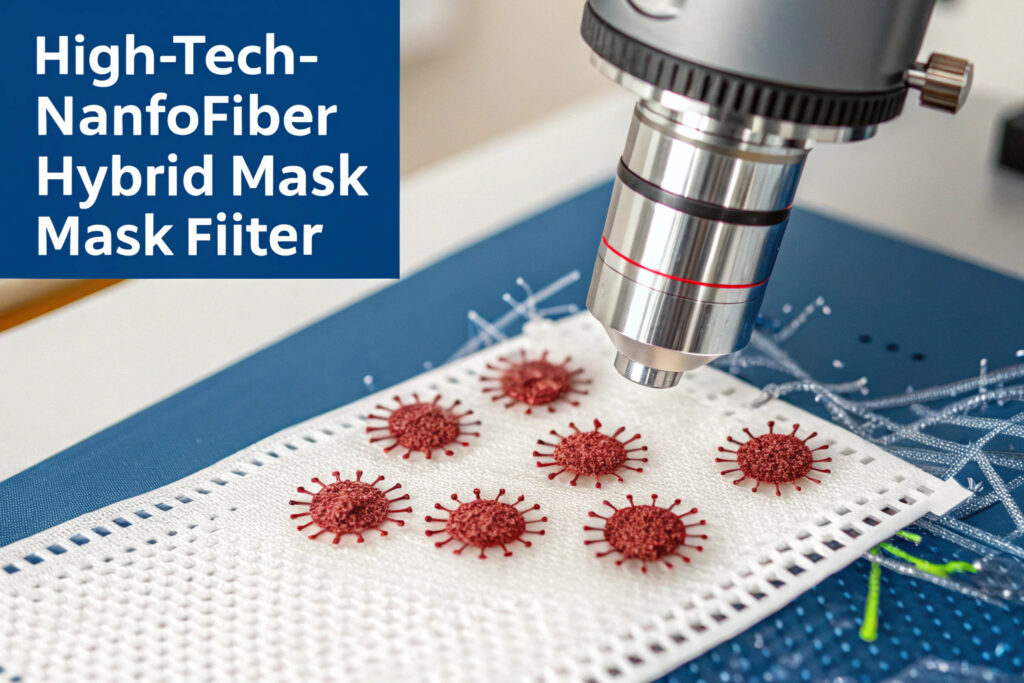
How Do Hybrid Filters Improve Breathability?
The design uses electrospun nanofibers with uniform pore sizes, creating a consistent airflow path. This allows for better breathability compared to dense woven fabrics. Leading examples include research from Technology Networks and filtration products from Toray Industries.
Are They Suitable for Large-Scale Manufacturing?
Yes. Many nanofiber production lines are now compatible with roll-to-roll coating methods, reducing costs and scaling up production. As a supplier, we can integrate these into bulk orders while ensuring compliance with international safety standards.
Breathable Viral Barrier Fabrics
Breathable Viral Barrier (BVB) fabrics were once exclusive to medical PPE, but now they’re entering the consumer mask market. These fabrics use monolithic films that block viral penetration while allowing water vapor to escape.
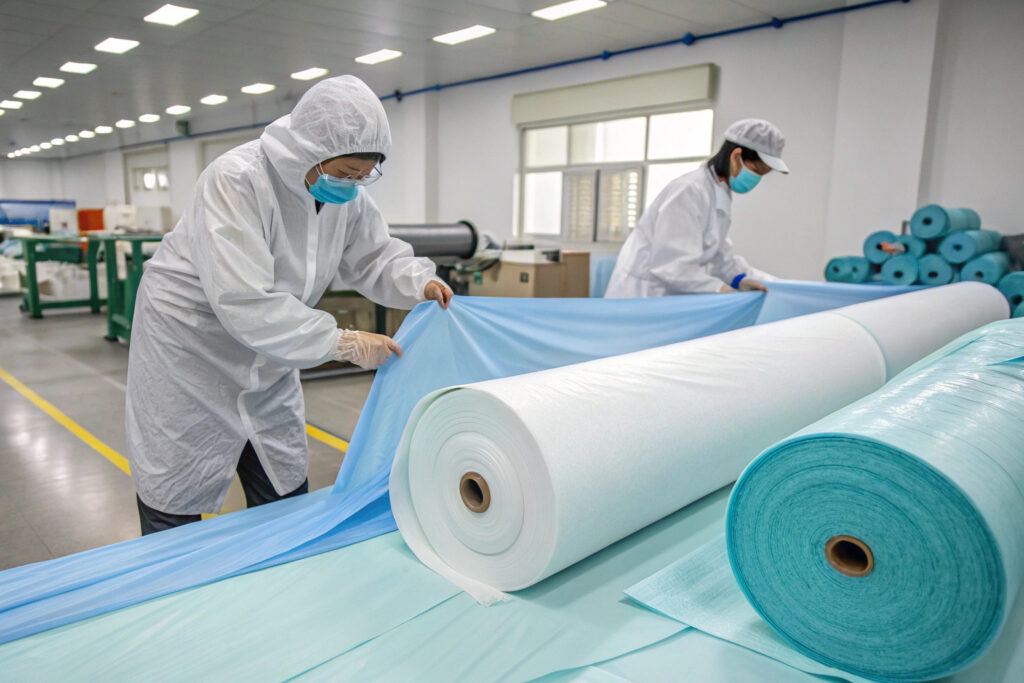
Why Are BVB Fabrics a Breakthrough?
The technology ensures moisture management without compromising safety. Brands like Ahlstrom and DuPont lead in providing materials for masks that can be worn comfortably for hours.
Can They Be Customized for Fashion?
Absolutely. BVB fabrics can be laminated with printed outer layers or blended with recycled yarns for sustainability, giving brands a way to combine protection, breathability, and style.
Antimicrobial and Antiviral Treated Fabrics
Antimicrobial fabrics have become a major selling point, especially for reusable masks. Treatments like zinc oxide nanoparticles, silver ion infusion, and copper oxide coatings offer lasting protection against bacteria and viruses.
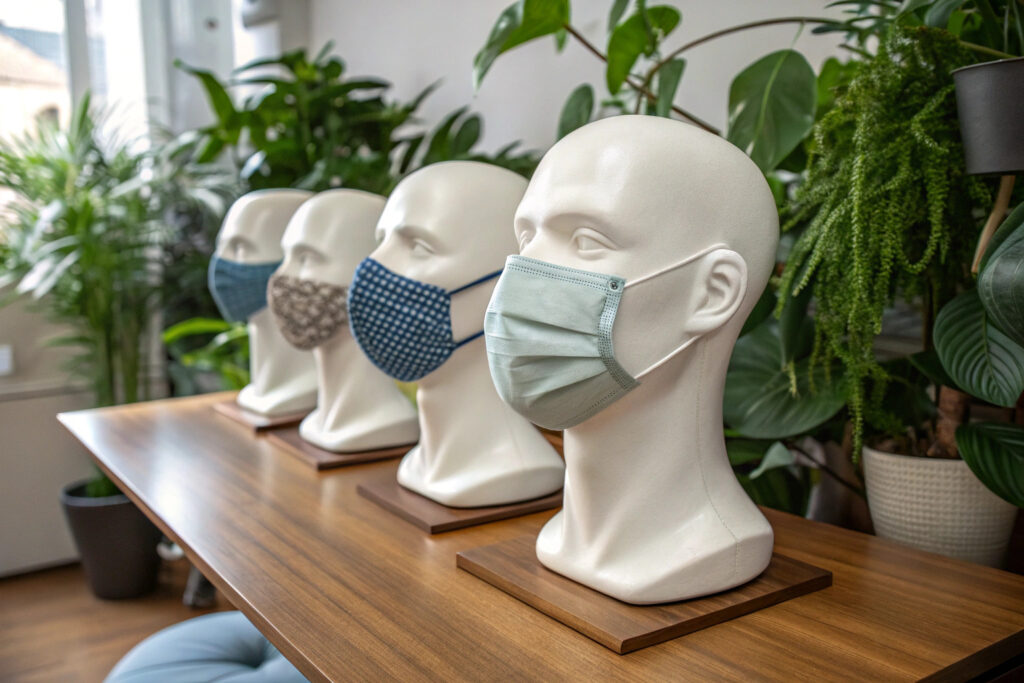
How Long Do Antimicrobial Treatments Last?
Advanced treatments can last up to 50 washes while maintaining over 90% antibacterial efficiency, as proven in studies from ScienceDirect and textile certifications from OEKO-TEX.
Are They Safe for Sensitive Skin?
Yes, when certified and properly applied. Our lab tests for skin compatibility, ensuring that treatments meet both EU REACH and U.S. FDA guidelines.
Sustainable and Eco-Friendly Mask Materials
With environmental concerns rising, sustainable materials like bamboo fiber, organic cotton, and recycled polyester are reshaping the mask industry. These fabrics provide breathability, softness, and biodegradability.
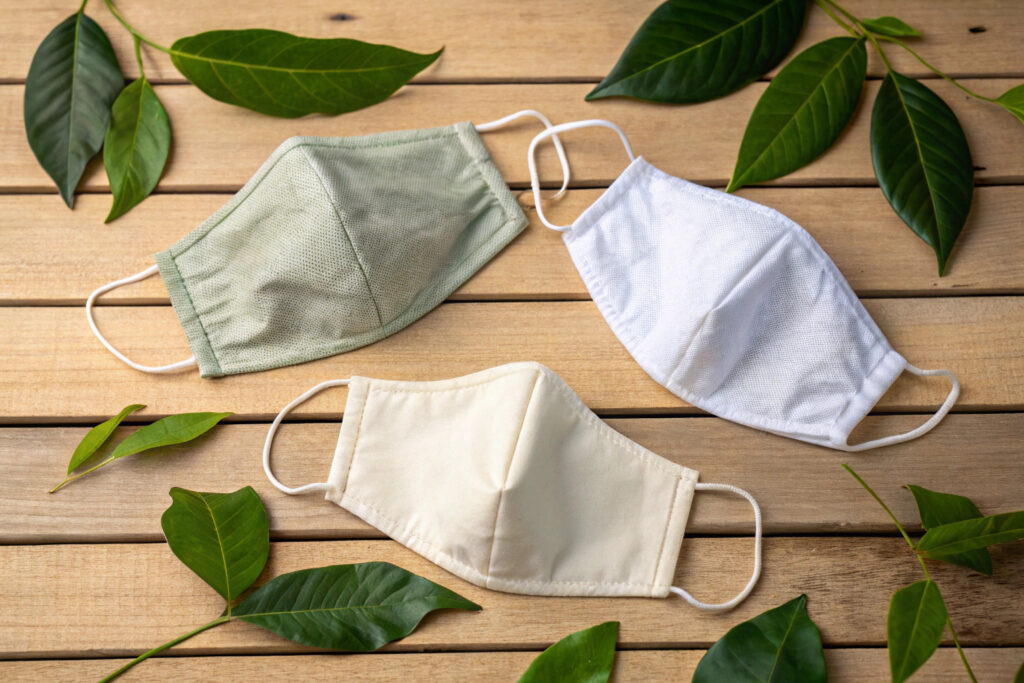
Why Choose Bamboo Fiber and Organic Cotton?
They are naturally antibacterial, moisture-wicking, and gentle on skin. Leading eco-brands highlighted on Textile Exchange show that sustainable masks are not only better for the planet but also highly marketable.
Can Sustainability Meet Bulk Production Demands?
Yes. Large-scale sourcing networks now make it possible to order tons of certified eco-fabric with consistent quality, enabling mass production without sacrificing sustainability.
Conclusion
The world of breathable yet protective mask materials is evolving rapidly. Hybrid nanofiber filters, breathable viral barrier fabrics, antimicrobial treatments, and eco-friendly fibers represent the future of mask manufacturing. These innovations allow brands to combine safety, comfort, and style without compromise.
If you’re ready to co-create your own premium fabric mask collection, Shanghai Fumao offers end-to-end manufacturing solutions—from material selection to final packaging. Contact our Business Director Elaine at elaine@fumaoclothing.com to start your next production run today.

